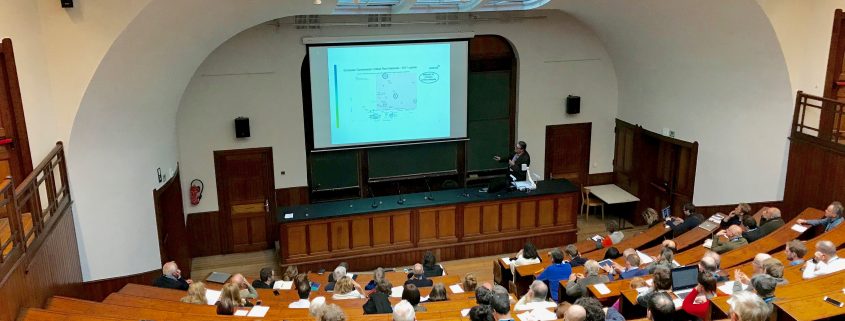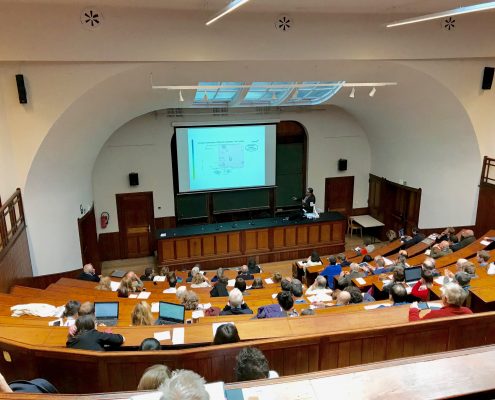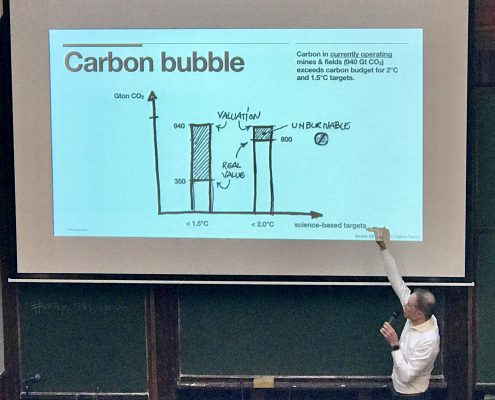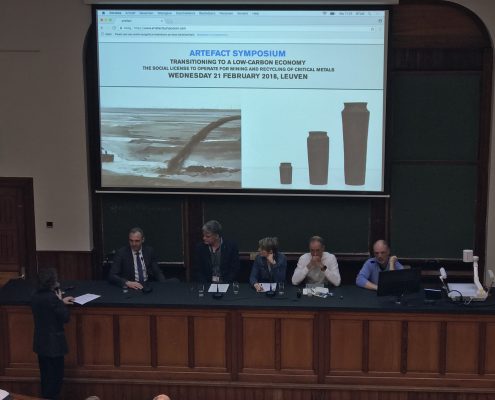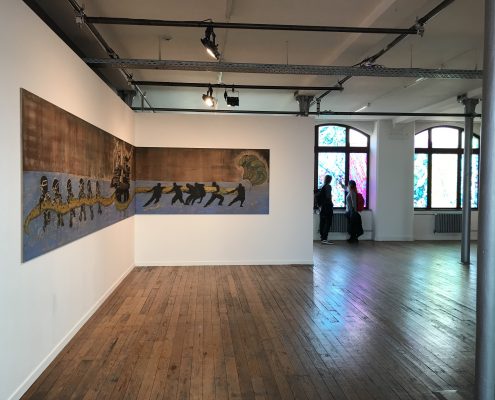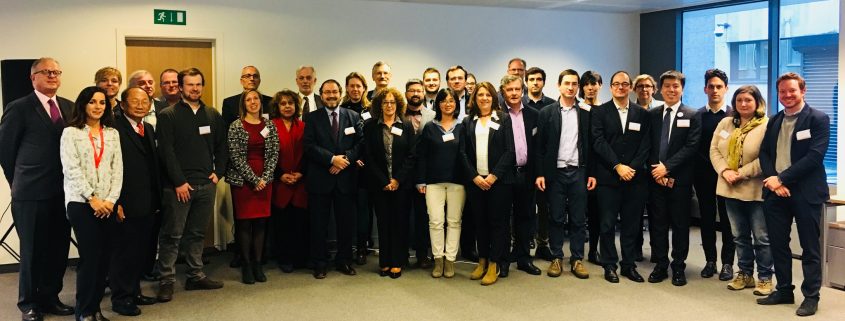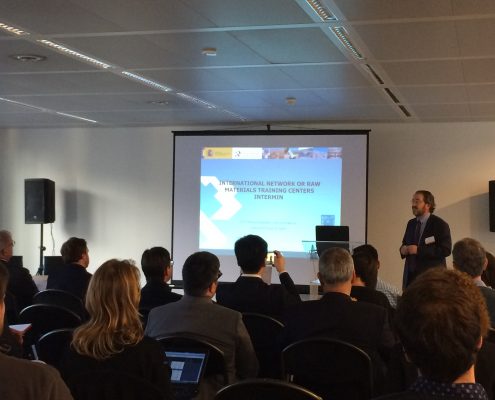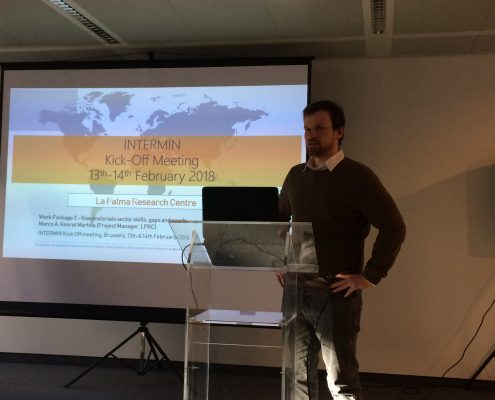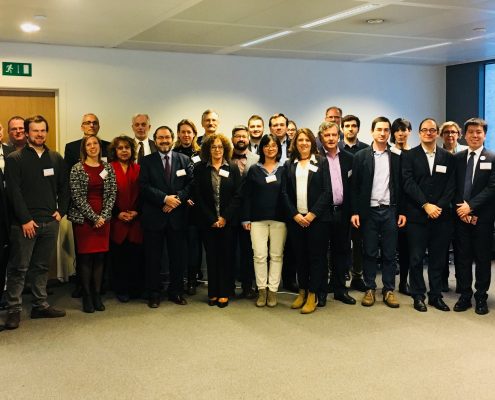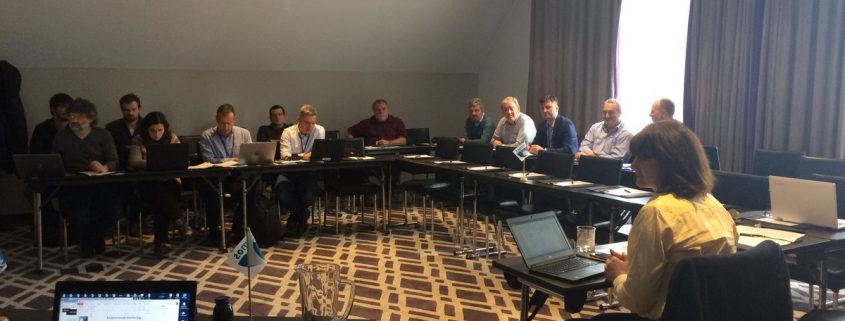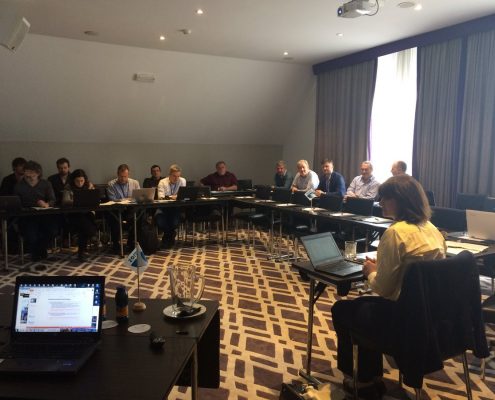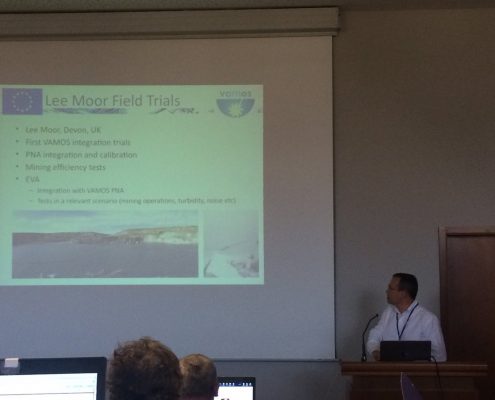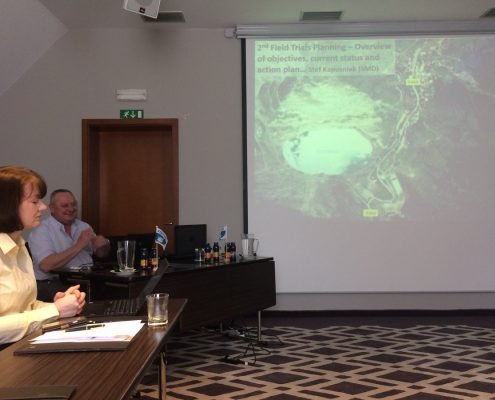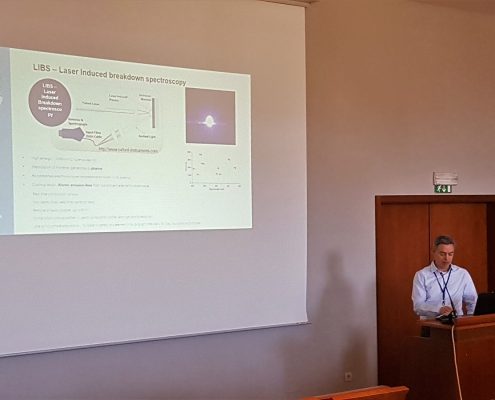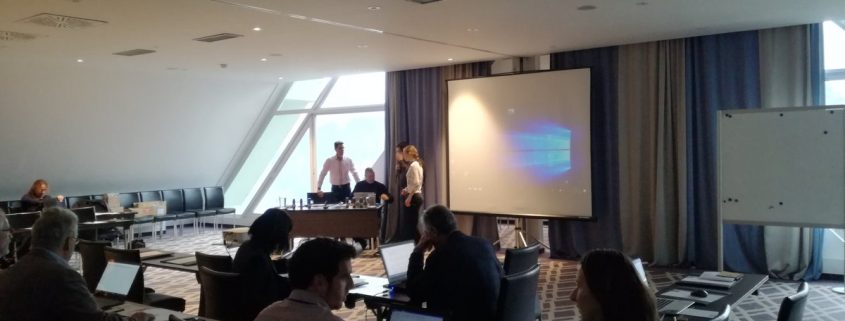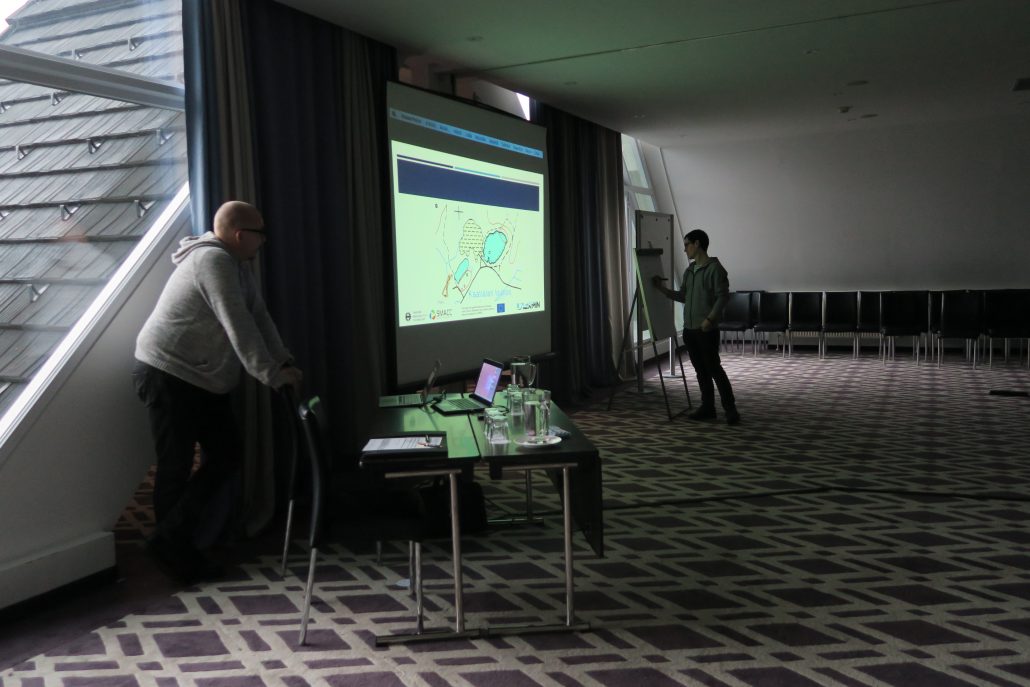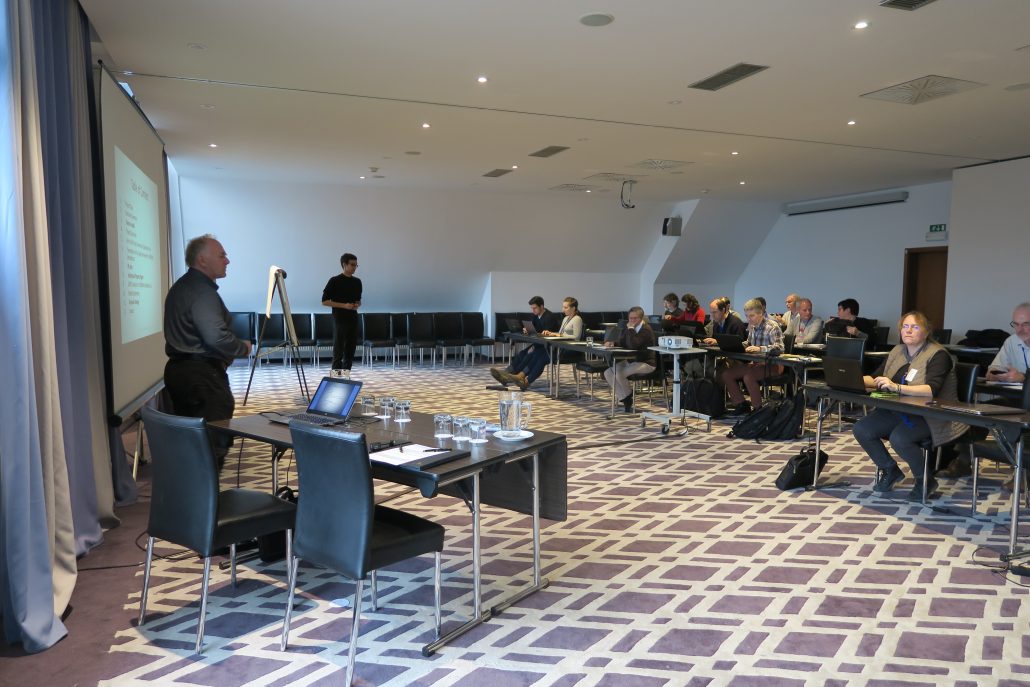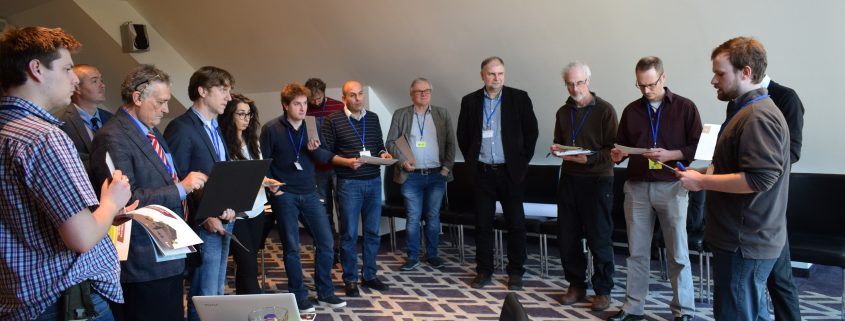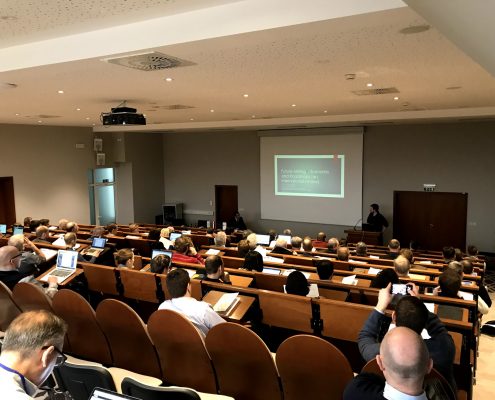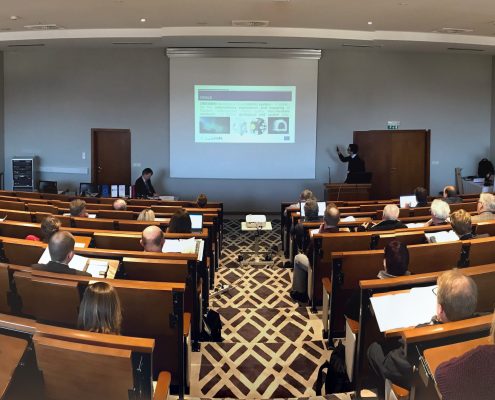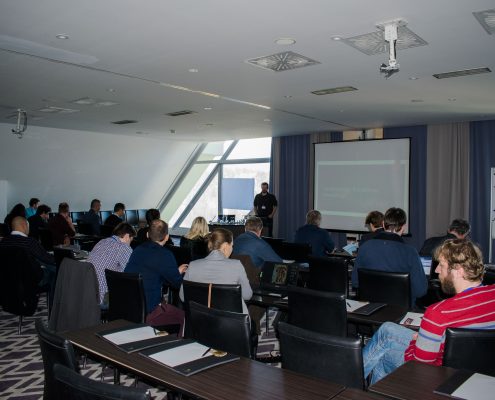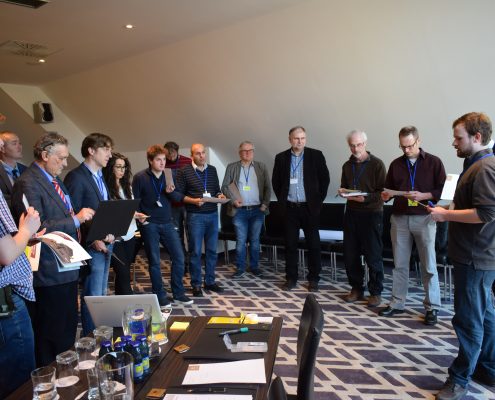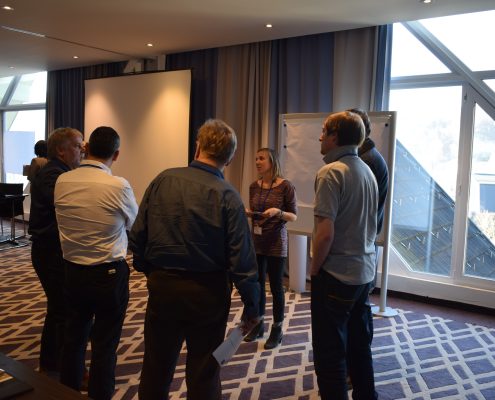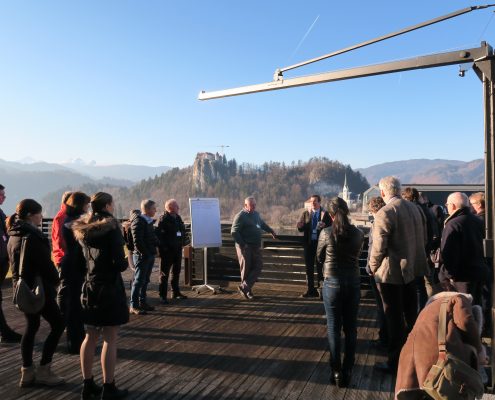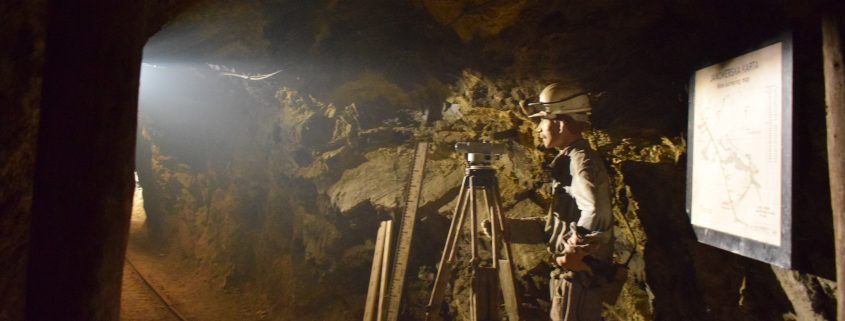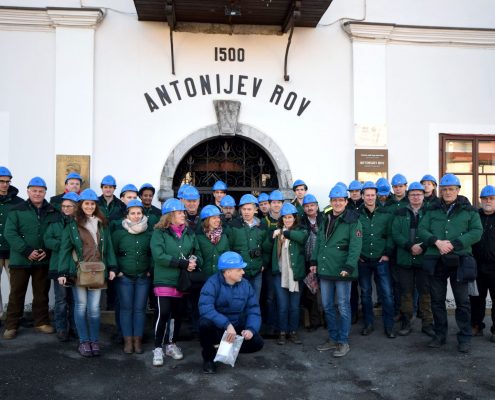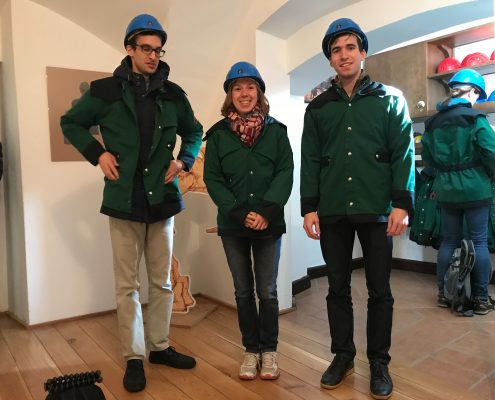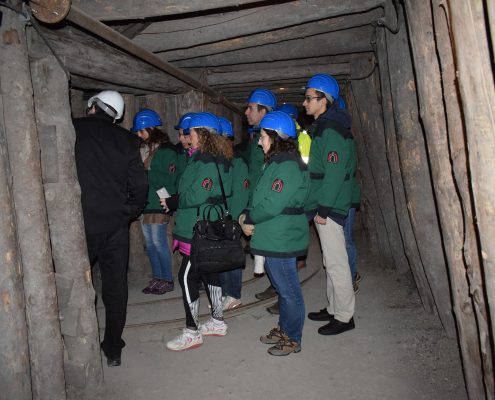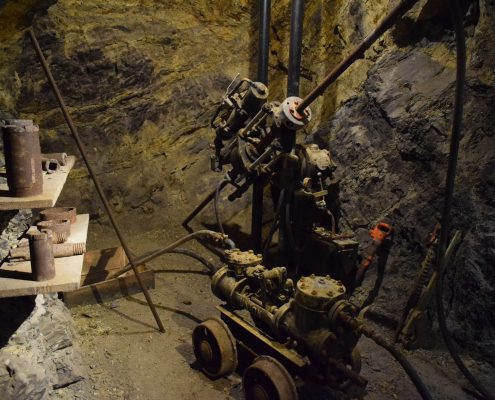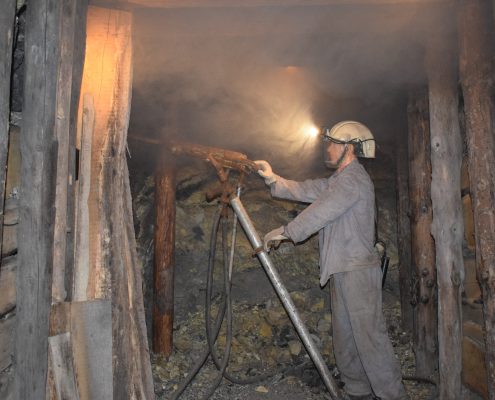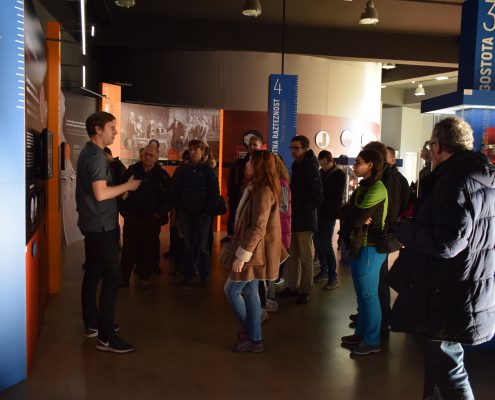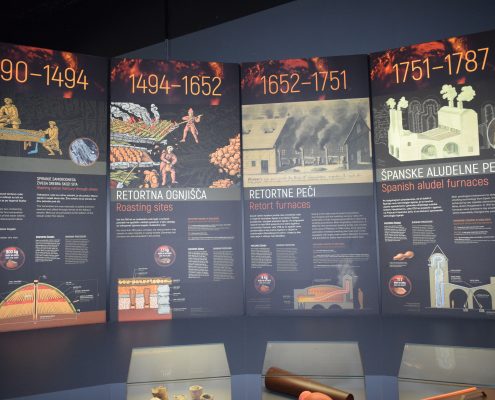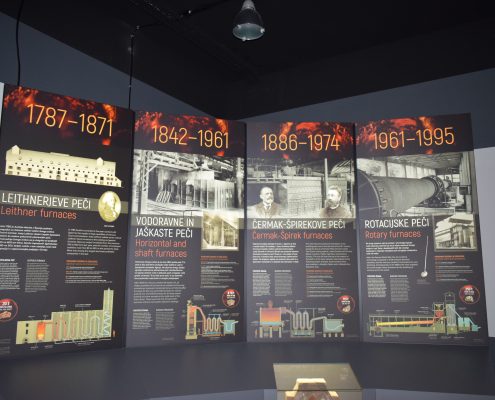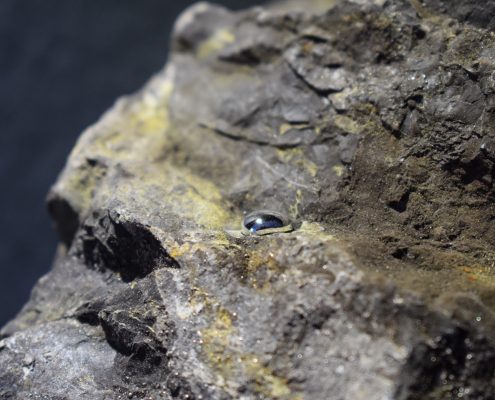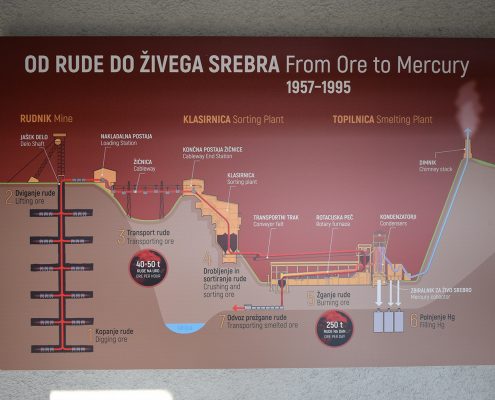Symposium on Social License to Operate, Leuven
On the 21st of February, a symposium took place in Leuven, and LPRC was present. The event focussed on the thematic of Transitioning to a low-carbon economy and the social license to operate for mining and recycling of critical metals.
The symposium elaborated on the paradox of the “Importance of critical metals for the transition to a low carbon, cleantech-based economy versus the not-always-so-positive image of the primary mining industry”. On one hand, Europe undoubtedly needs critical metals for the transition to a desired low carbon, cleantech economy – however, it is import dependent regarding most of the metals, needed to reach this transition. On the other hand, society often has a negative image on mining, since historical extraction gave mining a bad name.
The members of the audience, who were naturally divided into “social” and “technological” groups, had a passionate discussion about this topic and its implications to society. This shows that dialogue is crucial, and not only that, but also opens minds too, in order to arrive to a common understanding between different stakeholders.
The symposium opened with two introductory talks. The first keynote was from Serge de Gheldere (Futureproofed), who proposed business-led, sustainable solutions, resulting new businesses, reduced risks, better branding and lower costs. After the keynote speech, a panel discussion took place. The afternoon session, begin with two keynote presentations from Egbert Lox (UMICORE) and Leida Rijnhout (Friends of the Earth Europe) presenting social and industrial viewpoints. The discussions continued with a panel and Q&A session with the audience.
The event closed with an concise talk from Marcin Sadowski, Head of Raw Materials sector, EC EASME, where he presented the overall European policy approach to achieve sustainable goals.

